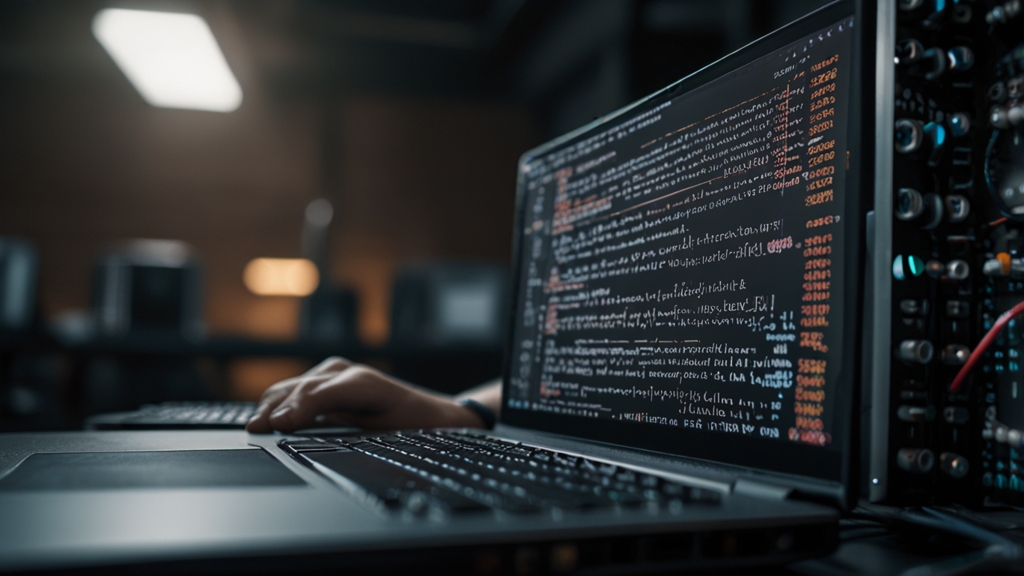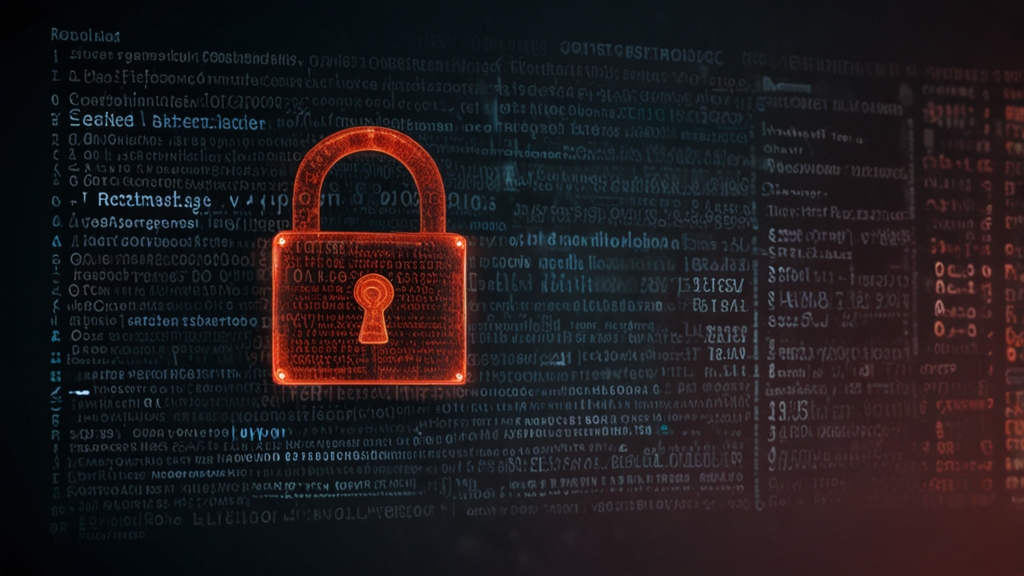The Enigma of War Cryptography and Intelligence in the World Wars
The two World Wars of the 20th century were not only fought on the battlefields but also in the shadows, where cryptography and intelligence played a pivotal role. The mastery of secret communication and code-breaking became decisive factors that influenced the outcomes of numerous conflicts. This article delves into the fascinating world of war cryptography and intelligence during these tumultuous periods.
The Early Days of War Cryptography
During World War I, cryptography was primarily based on classical cipher techniques, such as transposition ciphers and substitution ciphers. The Germans often used the ADFGX and ADFGVX ciphers, named after the letters they substituted. Although these ciphers were initially considered unbreakable, French cryptanalyst Georges Painvin made significant breakthroughs, adding momentum to the Allied efforts.
"The breaking of the German ciphers during World War I was not merely a technical success but a tactical triumph that saved countless lives," says historian David Kahn, emphasizing the vital role of cryptographers in the early stages of modern warfare.
The Rise of the Enigma Machine
As World War II loomed, cryptographic methods became more sophisticated. The Germans developed the Enigma machine, a complex device initially intended for commercial use but soon adopted by the military for secure communication. The Enigma's seemingly insurmountable complexity marked a significant leap in cryptographic technology, setting a formidable challenge for Allied codebreakers.
The Enigma machine's strength lay in its rotor system, which allowed for an astronomical number of possible settings. Each rotor could be set in one of 26 positions, creating an almost uncrackable code. Nevertheless, the relentless efforts of Allied cryptographers, particularly those at Bletchley Park in the UK, led to the eventual breaking of the Enigma codes.
Breaking Enigma: The Bletchley Park Story
Bletchley Park stands as one of the most significant epicenters of intelligence activity during World War II. Here, a team of British mathematicians, linguists, and engineers, including the brilliant Alan Turing, undertook the Herculean task of deciphering Enigma-encoded messages. Turing's development of the Bombe machine was pivotal in automating and expediting the decryption process, significantly aiding in the Allied war effort.
Despite numerous challenges, including the constant changes in the Germans' encryption settings, the efforts at Bletchley Park culminated in groundbreaking successes. The intelligence gathered, referred to as 'Ultra' intelligence, provided critical insights into German strategies and operations, altering the course of the war.
"It is no exaggeration to state that the work of the codebreakers at Bletchley Park shortened the war by several years," remarked Winston Churchill, acknowledging the profound impact of this clandestine endeavor.
Cryptography's Legacy in Modern Warfare
The achievements in cryptography and intelligence during the World Wars set the stage for future advancements in both fields. Post-war advancements in computers and encryption heralded new eras in both cryptographic theory and cybersecurity. The principles distilled from wartime cryptography continue to influence military and civilian communication security to this day.
Today, modern encryption algorithms, such as RSA and AES, owe a debt to the pioneering work of early 20th-century cryptographers. The lessons learned from the cryptographic battles of the World Wars underscore the perpetual cat-and-mouse game between code-makers and code-breakers.
"The legacy of the World Wars in the realm of cryptography is a poignant reminder of the crucial intersection between technology and human ingenuity," notes cryptologist Bruce Schneier, emphasizing the enduring relevance of these historic breakthrough.
Conclusion
The enigma of war cryptography and intelligence in the World Wars reflects a compelling narrative of human resourcefulness and technological ingenuity. From the early exploits of classical ciphers to the sophisticated breaking of the Enigma machine, the relentless pursuit of knowledge and strategic superiority helped shape the course of history. As we look back, we are reminded of the undeniable impact these secretive endeavors had on the fate of nations and the broader scope of modern cryptography.










